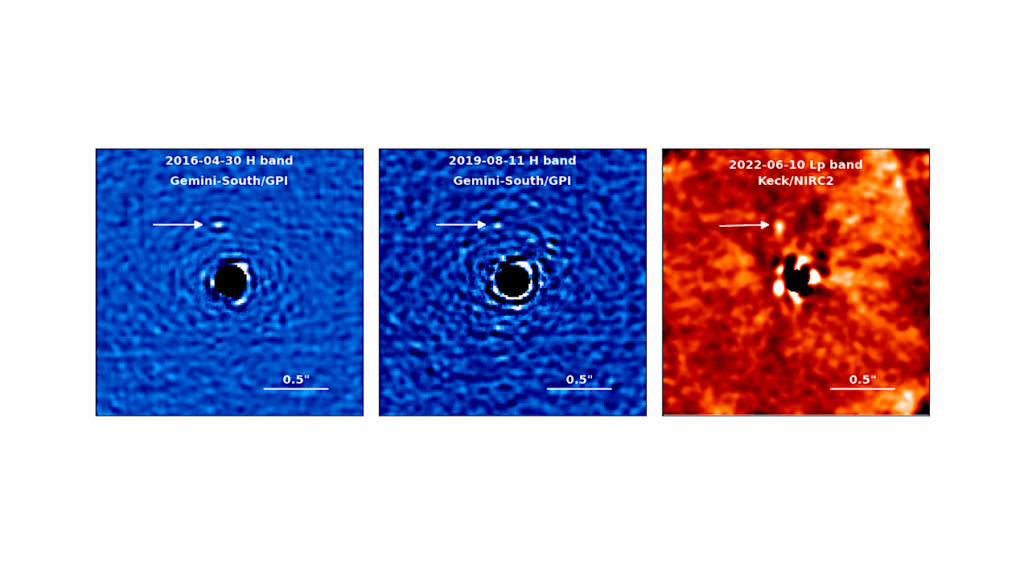What Asteroseismology Can Do for Exoplanets

We describe three useful applications of asteroseismology in the context of exoplanet science: (1) the detailed characterisation of exoplanet host stars; (2) the measurement of stellar inclinations; and (3) the determination of orbital eccentricity from transit duration making use of asteroseismic stellar densities.
We do so using the example system Kepler-410 (Van Eylen et al. 2014). This is one of the brightest (V = 9.4) Kepler exoplanet host stars, containing a small (2.8 Rearth) transiting planet in a long orbit (17.8 days), and one or more additional non-transiting planets as indicated by transit timing variations. The validation of Kepler-410 (KOI-42) was complicated due to the presence of a companion star, and the planetary nature of the system was confirmed after analyzing a Spitzer transit observation as well as ground-based follow-up observations.
Vincent Van Eylen, Mikkel N. Lund, Victor Silva Aguirre, Torben Arentoft, Hans Kjeldsen, Simon Albrecht, William J. Chaplin, Howard Isaacson, May G. Pedersen, Jens Jessen-Hansen, Brandon Tingley, Joergen Christensen-Dalsgaard, Conny Aerts, Tiago L. Campante, Steve T. Bryson
(Submitted on 16 Dec 2014)
Comments: 4 pages, Proceedings of the CoRoT Symposium 3 / Kepler KASC-7 joint meeting, Toulouse, 7-11 July 2014. To be published by EPJ Web of Conferences
Subjects: Earth and Planetary Astrophysics (astro-ph.EP); Solar and Stellar Astrophysics (astro-ph.SR)
Cite as: arXiv:1412.4848 [astro-ph.EP] (or arXiv:1412.4848v1 [astro-ph.EP] for this version)
Submission history
From: Vincent Van Eylen
[v1] Tue, 16 Dec 2014 00:50:06 GMT (201kb,D)








